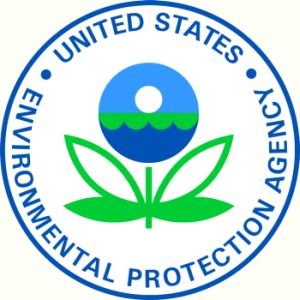Gulf air and water being monitored by EPA
 Officials have informed that as crude oil makes its way inland from the Gulf of Mexico, the U. S. government has set up equipment to monitor air and water quality.
Officials have informed that as crude oil makes its way inland from the Gulf of Mexico, the U. S. government has set up equipment to monitor air and water quality.
Since the BP oil spill in the Gulf of Mexico April 22, the agency has been monitoring and responding to potential public health and environmental concerns, officials of the U. S. Environmental Protection Agency said.
The EPA further said that air quality monitoring near Venice, La., indicated elevated levels of hydrogen sulfide at one monitor on Wednesday and two monitors Thursday and people near this area may have smelled what smells like rotten eggs. However, the source of the hydrogen sulfide is not known.
The EPA Web site said that inhaling the hydrogen sulfide may have caused irritation of the eyes, nose or throat.
It has been reported that EPA's emergency response teams also put up monitoring stations to monitor larger particulate matter. People may see elevated levels of particulate matter, at moderate levels, along the Gulf but this is not due to the presence of the crude oil, particulate matter or ozone is not uncommon in the Gulf coast area this time of year from other man-made sources such as factories, power plants, or cars. (With Inputs from Agencies)